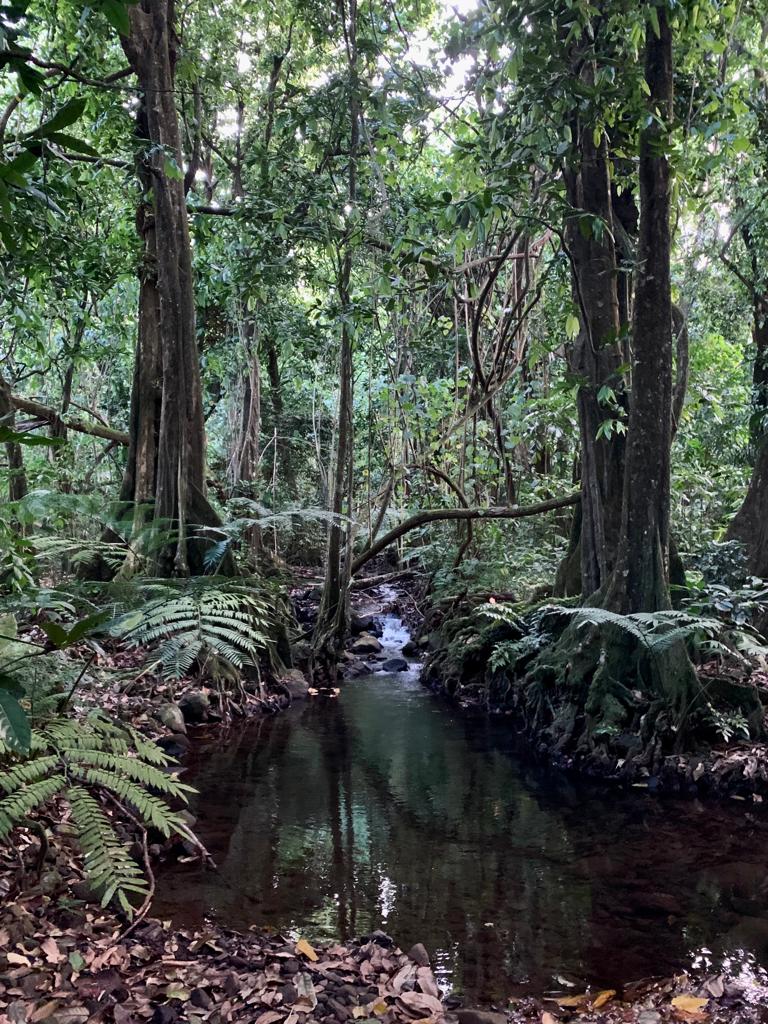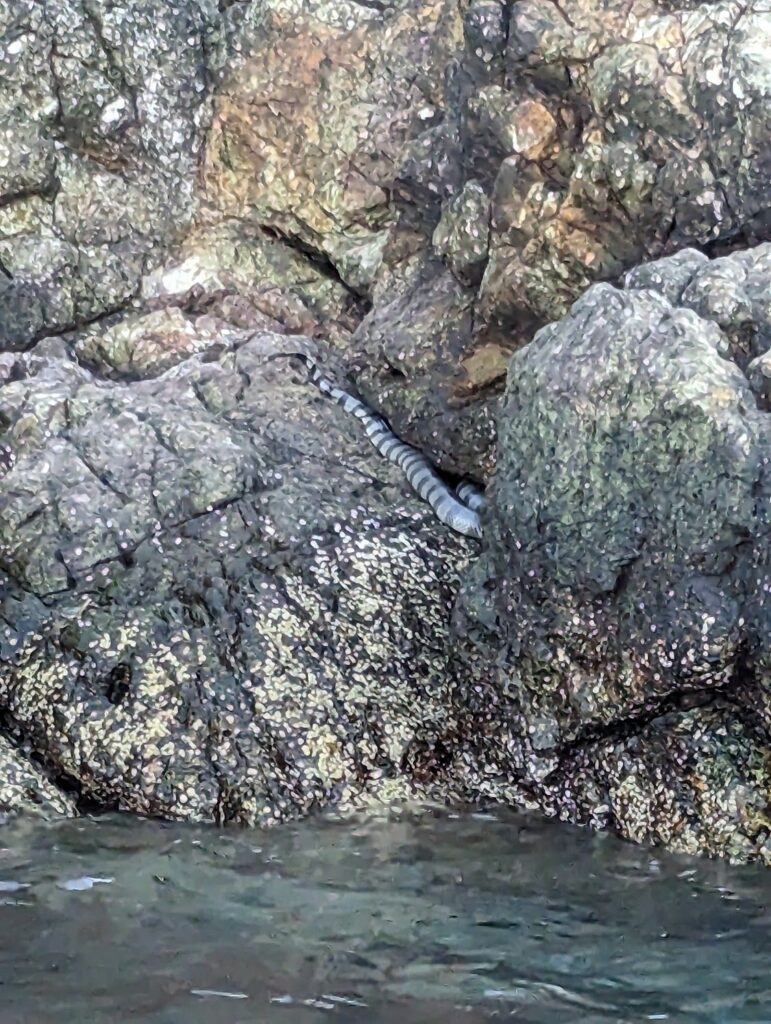“When you are ill, trust your body and it’s capacity for healing. Relax and get yourself out of the way. Dropping into short spaces of non-doing really helps to stay stable and keep on keeping on, even when your energy is low and you are feeling somewhat dis-oriented”

Dear Integral Meditators,
This weeks article is a personal reflection on some of the basic meditation techniques I use when I get ill. They are relatively simple positions that, if you can remember to do them make a huge difference! If your going through a stage where your being exposed to bugs at the same time as having to work hard (like I am with a pre-schooler in the house), then having a meditation plan around sickness is a game changer…
If you enjoy the article, then you might be interested in the Meditation and Mindfulness for Self-Healing and Creating High Levels of Energy workshop that I will be doing on Saturday the 8th July 9.30am-12.30pm as a live & live-stream session.
In the spirit of health & energy,
Toby
How to meditate when you are ill or sick
This last week I have been a little under the weather with a flu and cough bug. Even a minor illness has quite a lot of power to incapacitate our meditation efforts, so what I have done below is to outline a few positions I use when I am ill to navigate the process smoothly, and also maintain the basic momentum of my practice even though I’m not feeling great.
Basic positions: Being primarily present & maintaining functional breathing
Your basic task as a meditator is to establish your awareness as being primarily present in the moment, and secondarily thinking about stuff. This is the easiest and most essential position to stay with. You can take your body and breathing to do this, and it’s surprising how calm it can make you feel, even when you’re not feeling great.
Within your ‘primarily present’ position, you can then pay attention to your manner of breathing, and focus on ‘functional breathing’, which is breathing through your nose, and sending the air down into the lower lungs on your inbreath, connecting your nose to your belly. This is often one of the first things to go when you get ill, sustaining it helps your body to get on with its job of healing.
These two practices are your basic ‘navigation tools’ while you are sick. If you stay with them, the journey whilst you heal will be very much a part of your meditation journey.
Extending compassion to yourself & your body
Your body and you are suffering from the illness, so basic care and compassion is a no brainer that is easy to overlook. Will doing this help your body to heal faster? Maybe. It will certainly ease the process of the journey.
Trusting your body & non-doing
Trust your body and it’s capacity for healing, relax and get out of the way! One of the best ways to help your body is to do nothing, not just physically, but mentally and emotionally. If you are not able to stop working to recover, then dropping into short spaces of non-doing really helps to stay stable and keep on keeping on, even when your energy is low and you are feeling somewhat dis-oriented.
Context through appreciation
Just because you are ill doesn’t mean there is suddenly nothing to appreciate in life. Recognizing this and appreciating what there is to feel good about undoubtedly helps you get through a bout of illness.
Minimalist meditations
If normally I would do let’s say 100 Medicine Buddha Mantras per day, I might change that to five-ten mins of the following pattern:
- Three mantras, followed by a pause (back to basically present & functional breathing), three mantras, pause, and so forth
Less is more!
Mindful pro-activity
Final ‘active meditation’ is to ensure that you put together the best ‘healing protocol’ that you know regarding that illness. Creating and following such a routine is empowering. I have a routine of eastern and western supplementation, power napping (and prioritizing sleep in general) and gentle movement I follow for flu-type sickness. As so as I notice the signs, I activate the plan, and use the strategy to minimize the ability of the sickness to get a grip on my system.
I hope this give you a few ideas for when your next feeling under the weather!
© Toby Ouvry 2023, you are welcome to use or share this article, but please cite Toby as the source and include reference to his website www.tobyouvry.com
All upcoming classes and workshops at IMA:
Ongoing – Weekly Tuesday, Wednesday Online class schedule
Ongoing on Wednesday’s, 7.30-8.30pm – Wednesday Meditation for stress transformation and positive energy with Toby (Bukit Timah)
Ongoing on Tuesday evenings, 7.30-8.30pm – Tuesday Meditation for stress transformation and positive energy with Toby (East Coast)
Ongoing, Tues/Weds evening 7.30-8.30pm– Becoming a self-determining entity – A six-week course in Mindful Self-Leadership
Saturday the 8th July 9.30am-12.30pm – Meditation and Mindfulness for Self-Healing and Creating High Levels of Energy
Saturday July 15th, 9.30-11.30am – Monthly Qi Gong & Taoist Breathwork Clinic & Mini-retreat
Integral Meditation Asia
Online Courses * 1:1 Coaching * Books * Live Workshops * Corporate Mindfulness Training *Life-Coaching * Meditation Technology


